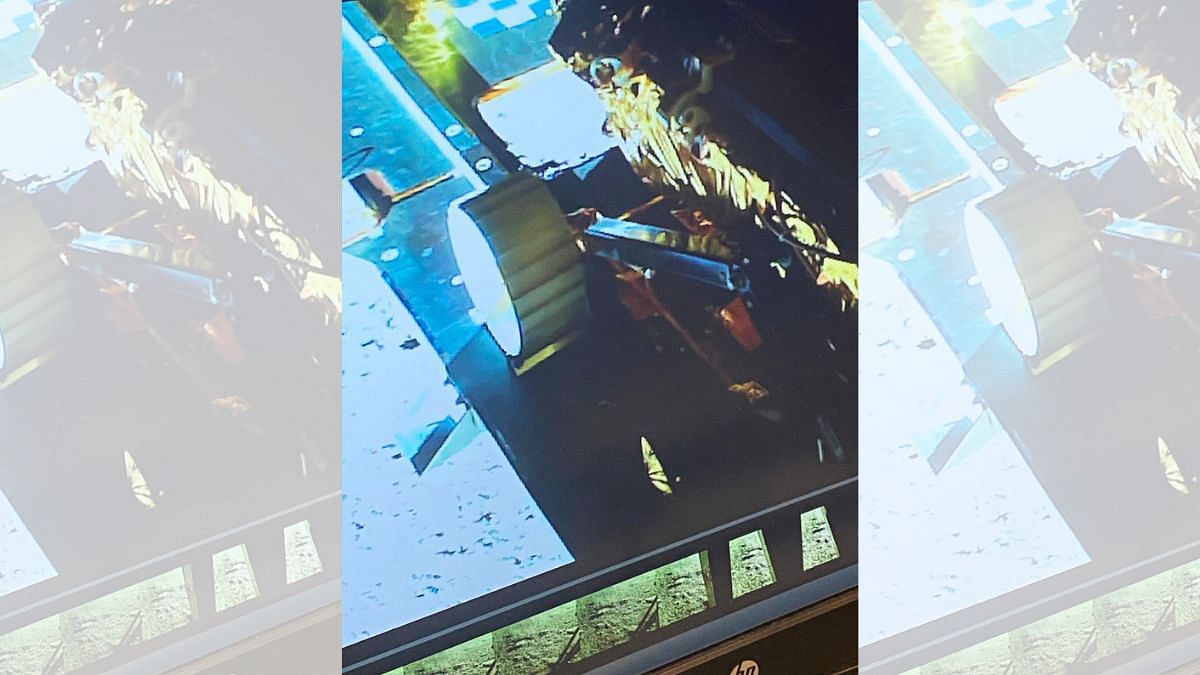New Delhi: There is a fairly good chance that Chandrayaan-3’s lander and rover modules will wake up after a freezing lunar night, former space agency chief G. Madhavan Nair has said.
Speaking to news agency ANI, the scientist said the process of waking Vikram and Pragyan was akin to “taking out something from the freezer and then trying to use it”.
He explained that temperatures during a lunar night – equivalent to 14 Earth nights – go down beyond –150 degree Celsius. “How the batteries, electronics and mechanism survive at that temperature is really a concern.” he said.
But Madhavan said adequate tests had been conducted on the ground to establish if the spacecraft will work after such a condition. “We have to keep our fingers crossed,” the former chairman of the Indian Space Research Organisation (ISRO) said.
Nair believes there is “a fairly good chance” that the system would be operational again if the solar heat warmed up the instruments and also the charger batteries.
“Once it is operational, it is quite possible that we can move around for some more distance over the next 14 days and collect more data on the surface of the moon near the lunar south pole,” Nair added.
#WATCH | Former ISRO Chairman G Madhavan Nair says, “Vikram Lander and Pragyan Rover have been in deep sleep for almost two weeks now. It is almost like checking out something from the freezer and then trying to use it. The temperatures would have gone beyond -150 degrees… pic.twitter.com/XYvQembeHq
— ANI (@ANI) September 22, 2023
The solar-powered Vikram and Pragyan were initially expected to last only the first lunar day or 14 Earth days, but ISRO announced later it would make an effort to help the instruments survive the long night, in order to continue performing scientific experiments for another lunar day.
Though it has already declared the mission a success, ISRO will try to establish communication with the two modules on 21 and 22 September.
In a historic landing – the first for any country on the lunar south pole – India’s ambitious mission touched down on the moon’s surface at 6.04 pm on 23 August. It soon rolled out the rover Pragyan to explore the area famous for water ice.
For the next 10-odd days, payloads confirmed the presence of sulphur on the Moon. Pragyan has also managed to show its capability to autonomously navigate the surface of the moon, detecting and avoiding obstacles in its path.

